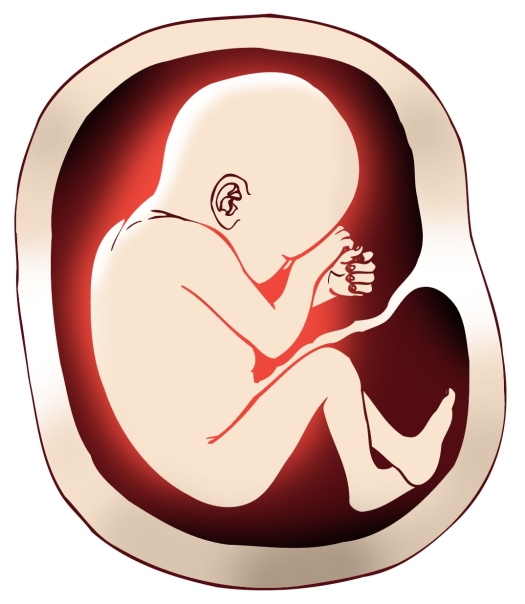
Ramkumar Menon, PhD, and his team have uncovered a cellular signal in the amniotic fluid around the fetus that builds up when a pregnant woman is about to go into labor. The findings were recently published in PLOS One. The team focused their investigation on telomeres, which are the parts of the DNA that protect our genetic data while cells are dividing. These telomeres become shorter every time a cell divides, and when they become too short to divide, they are called “senescent.” The researchers investigated whether the presence of senescent telomere fragments in the amniotic fluid around the fetus is linked with labor status, because it is known that the telomeres continue to get shorter as the pregnancy progresses. The researchers used telomere mimics, resembling those found in amniotic fluid, and conducted cellular analyses. They found more telomere fragments when women were in labor, compared to the end of their pregnancy but not yet in labor. They also found that as the fetus matures in the womb and nears term, placenta and other related tissues also age correspondingly due to telomere fragmentation and eventual loss. These telomere fragments can increase what Menon calls “sterile inflammation,” potentially signaling fetal maturity to trigger the process of labor and eventual delivery. The discovery may contribute to the design of more effective labor assessment, perhaps including preterm birth risk and direct medical interventions for labor induction or prevention.

A recent study conducted by Dr. David McCormick shows that severely obese women who maintained or lost weight during pregnancy had healthier babies and lower health care costs. The study, published in the journal Clinical Obesity, found that obese mothers experienced more medical problems during pregnancy, higher medical costs and longer lengths of hospital stay compared to nonobese women. Yet 26 percent of the obese mothers who maintained or lost weight during pregnancy experienced lower medical costs and gave birth to healthier infants. The findings are important because, compared with infants of normal-weight mothers, infants of obese mothers experienced more complications such as stillbirth, prematurity, excessively large size and neonatal trauma—and 34 percent of reproductive-aged women living in the U.S. are obese.

Dr. Jordan Terasaki found that when providers were given a structured approach to evaluating and managing stable COPD patients using information embedded into a patient’s electronic medical records during outpatient visits, they provided better advanced-patient assessments and other quality-of-care measures. These findings were recently published in the journal Respiratory Medicine. Although COPD is a medical condition that requires a lifetime of management, barely half of health care providers follow the clinical practice guidelines established on how to evaluate and manage patients with the condition. The research team developed and used an evidence-driven COPD flowsheet based on clinical practice guidelines that were embedded in a patient’s electronic medical records so that they came up on screen to prompt the provider during COPD outpatient visits. This system was integrated into the research team’s pulmonary clinic within an academic medical center. In the post-intervention group, researchers found a significant increase in the use of tools to measure the severity of a patient’s COPD since the last clinic visit, referrals to a pulmonary rehabilitation program, inhaler technique education, use of both short-acting rescue inhalers and long-acting lung medications, and influenza vaccinations.
Compiled from press releases written by Donna Ramirez and Johnston Farrow. Find out more at www.utmb.edu/newsroom.